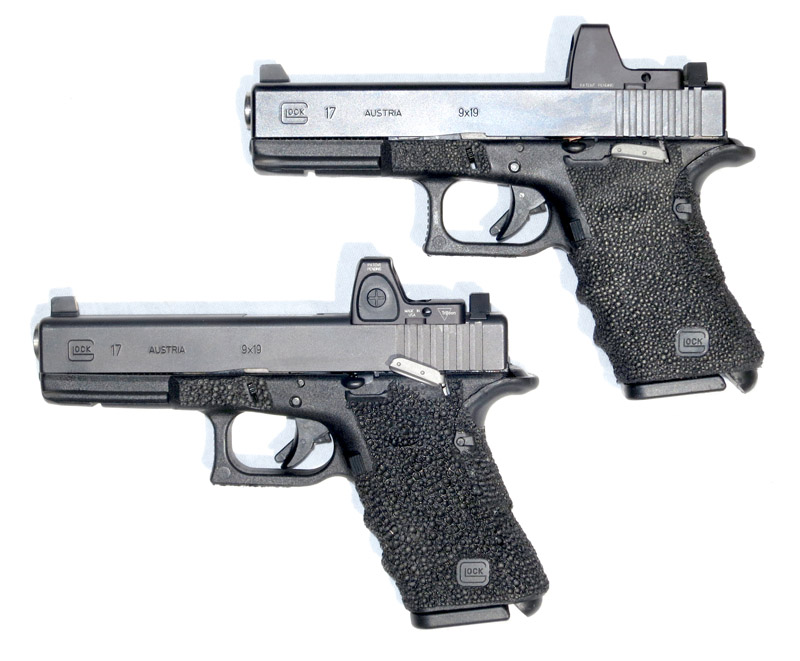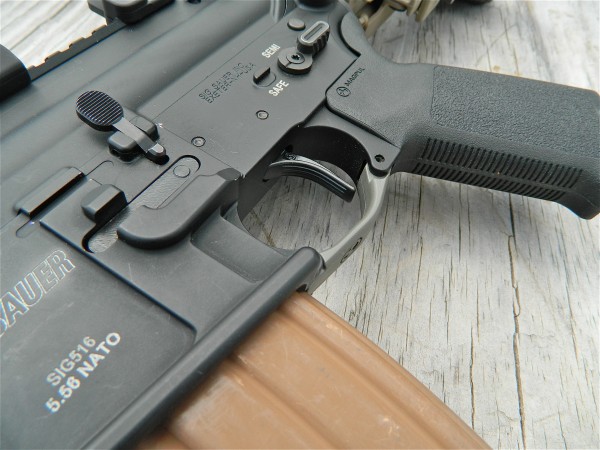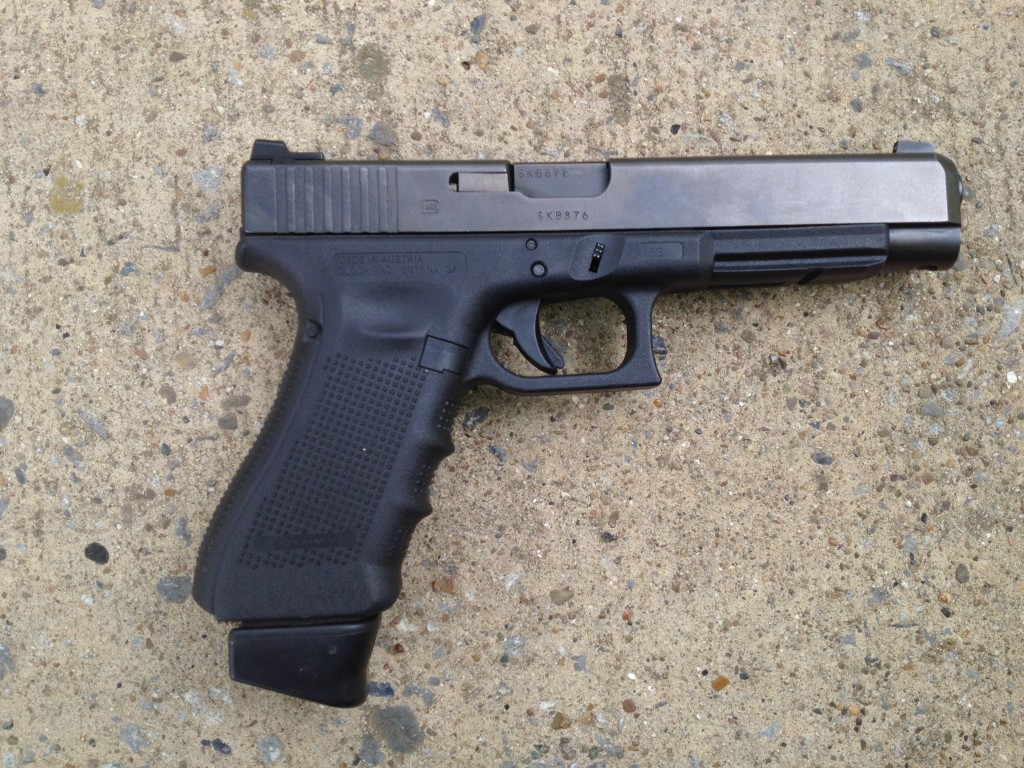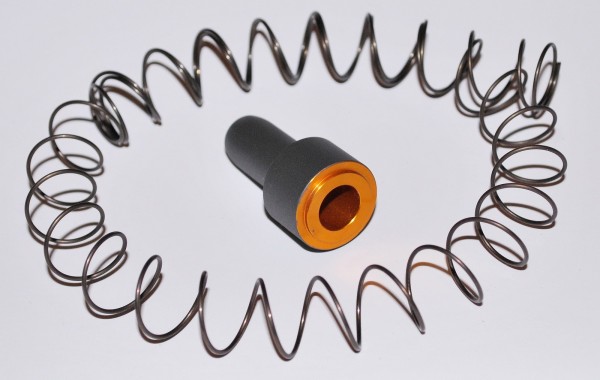There was a time when optics were not nearly as dependable as they are today. Nowadays, non-magnified sights such as the Aimpoint Comp M3, M4 and T-1 have battery lives more easily measured in years than hours. The durability of modern optics have also improved to the point where in hundreds of thousands of rounds fired downrange, I have yet to see an Aimpoint fail (though I have heard of it from trusted sources.) But, that does go to show that even though it happens, it is a fairly rare event. I have seen iron sights get damaged or knocked out of adjustment more often than an Aimpoint lose zero or stop working.
So, do back-up iron sights (BUIS) still have a place on your carbine? Over the past decade, despite the tedious process of zeroing the RDS and backup irons, I have yet to need to deploy them. Not to say I will never need them, but with the cost of many quality sights sets exceeding $200, outfitting every training gun I build can get expensive. I have had great success with the MagPul MBUS sights. They hold zero inside of 100 yards, and for a CQB gun they are an excellent choice. For a dedicated range gun, I may just go without the BUIS.
The point is this: examine the purpose for which the gun you are setting up, and don’t just accessorize based on what your friends on Facebook tell you. If you’re building a precision or 7.62 caliber rifle for extended ranges, perhaps a set of quality iron sights like the offset Knights or Troy Industries flip ups will be worth the additional cost. For most purposes, the Magpul MBUS is the most economical and functional solution. And don’t feel bad not running one at all on a range-only gun unless you have a specific training purpose for it.



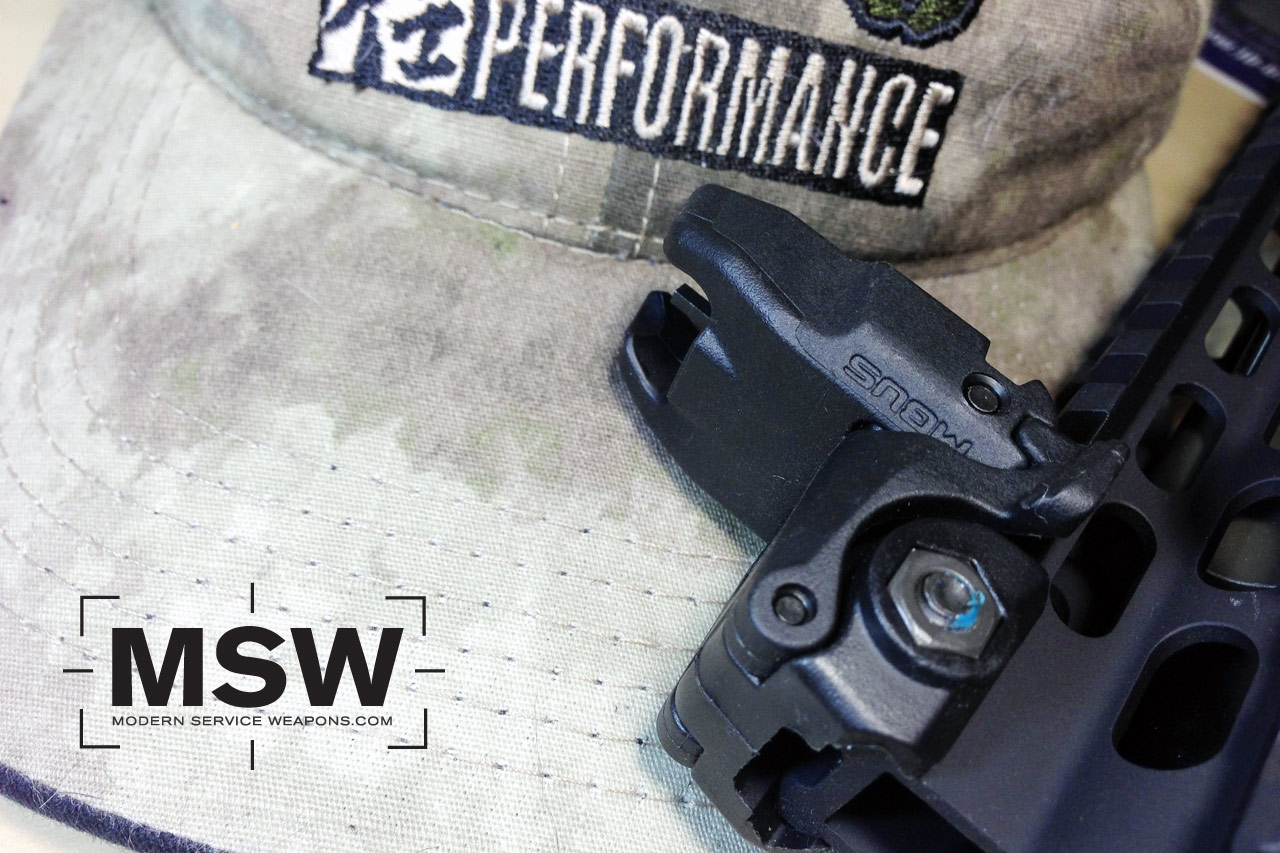

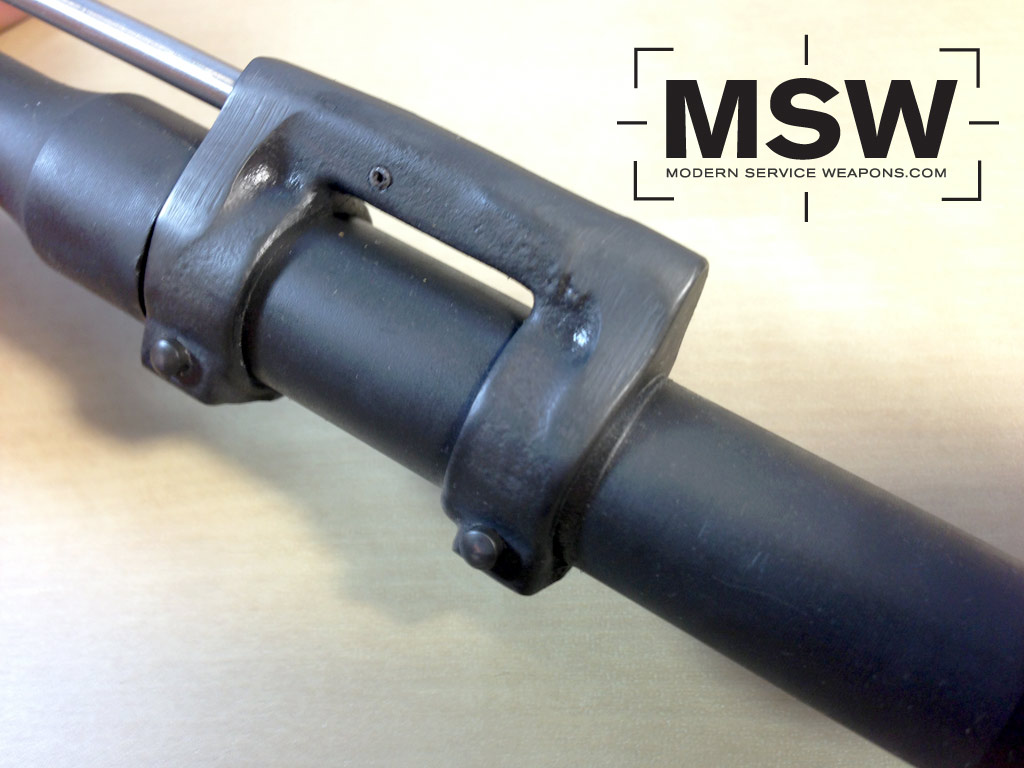
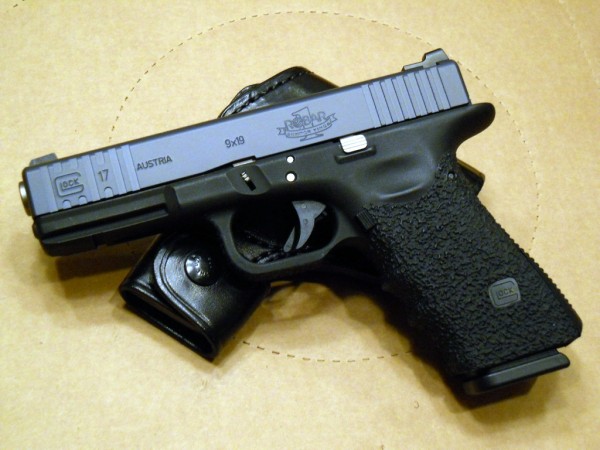
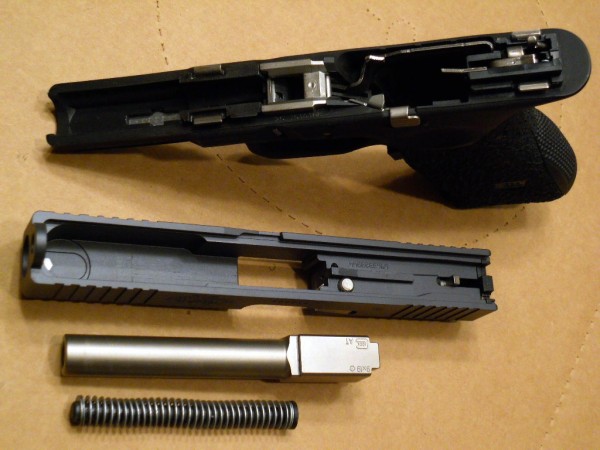
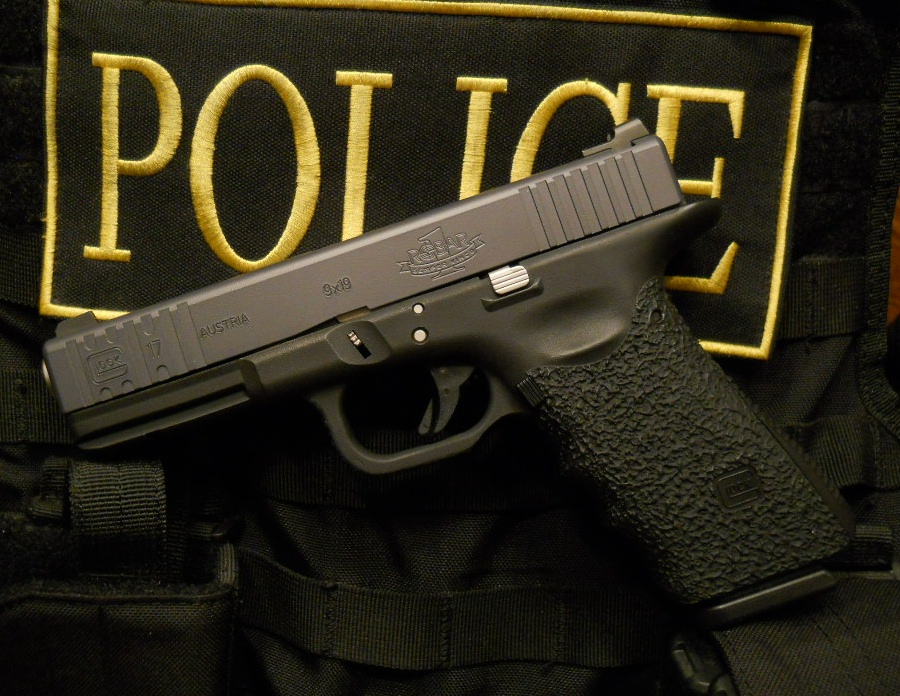
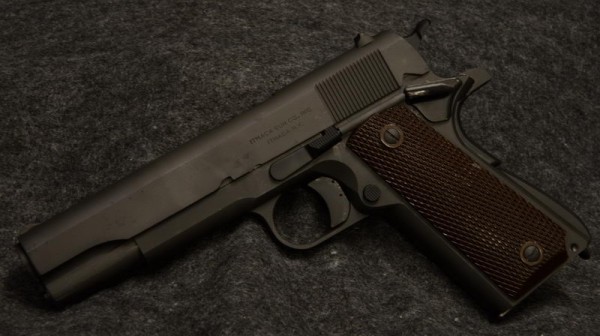
 During a recent Women’s Only Handgun Selection Seminar, I allowed the students to shoot my S&W Model 15-2. I decided to shoot it after the class, as I don’t often get the chance since I usually shoot and teach with semi auto pistols. It was a walk down memory lane so to speak, and also good to see that I could still run a wheel gun pretty well.
During a recent Women’s Only Handgun Selection Seminar, I allowed the students to shoot my S&W Model 15-2. I decided to shoot it after the class, as I don’t often get the chance since I usually shoot and teach with semi auto pistols. It was a walk down memory lane so to speak, and also good to see that I could still run a wheel gun pretty well.
